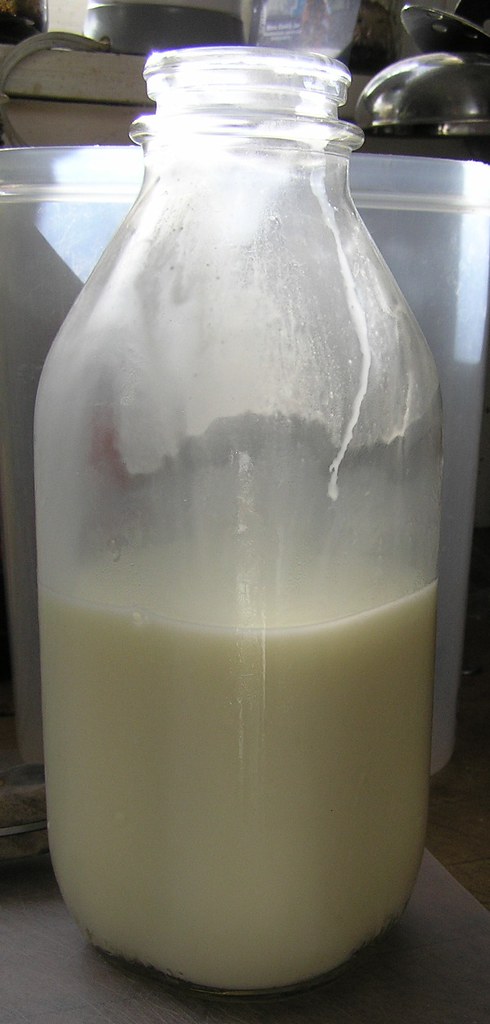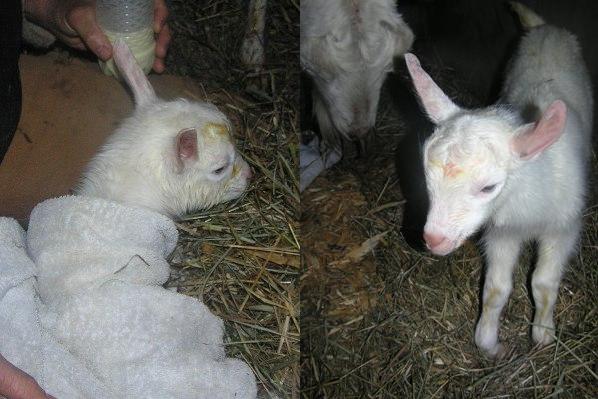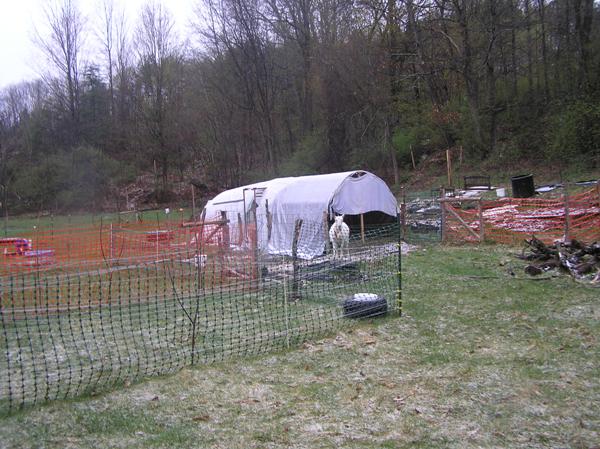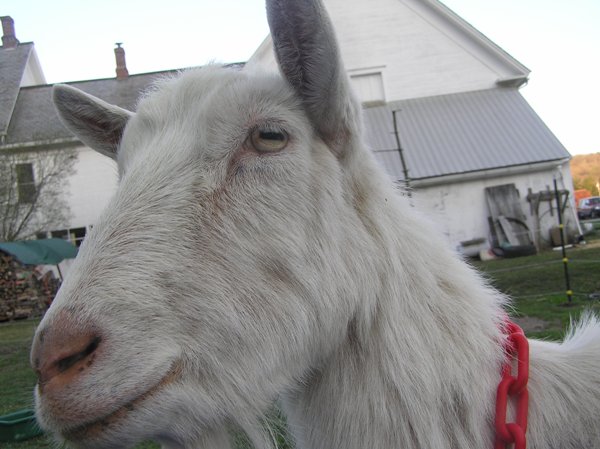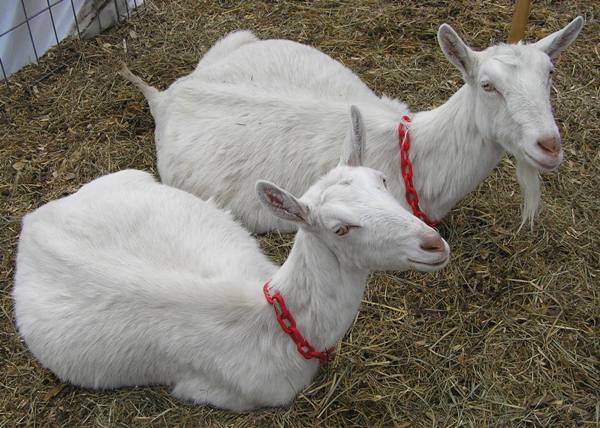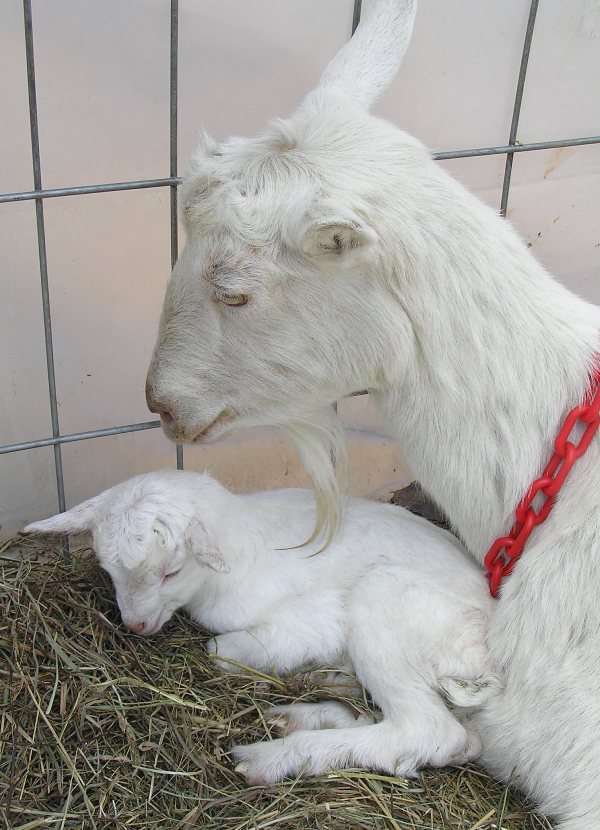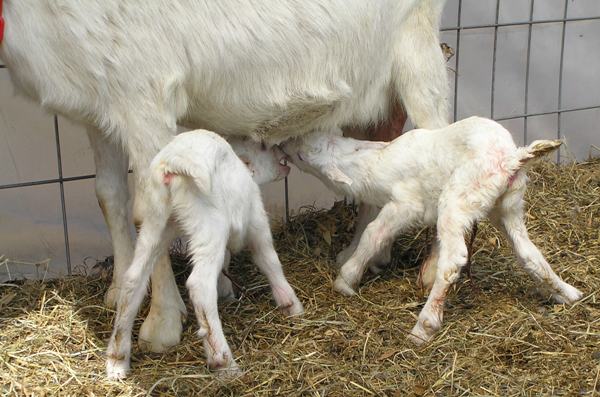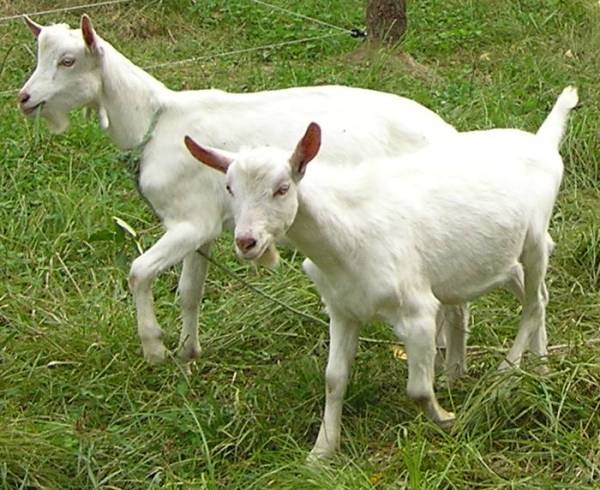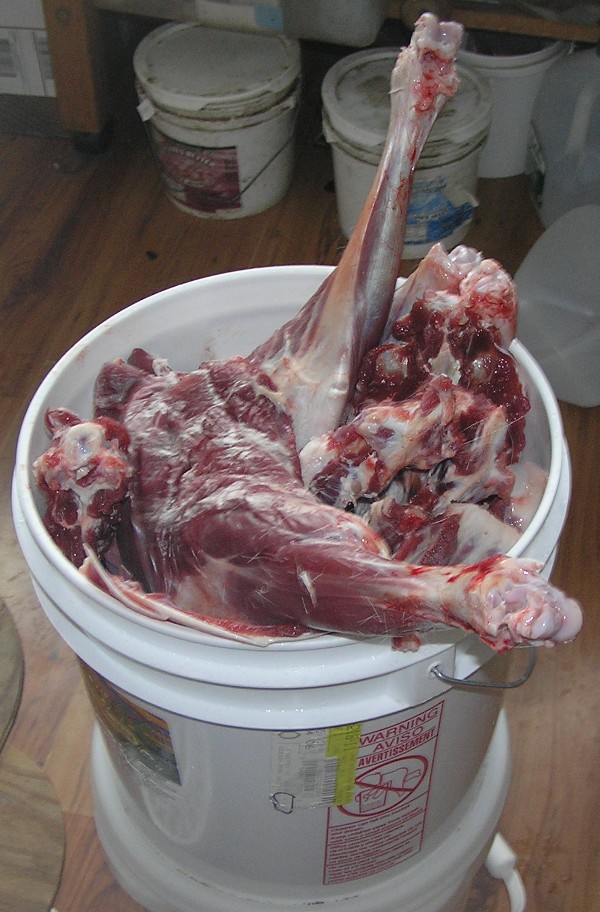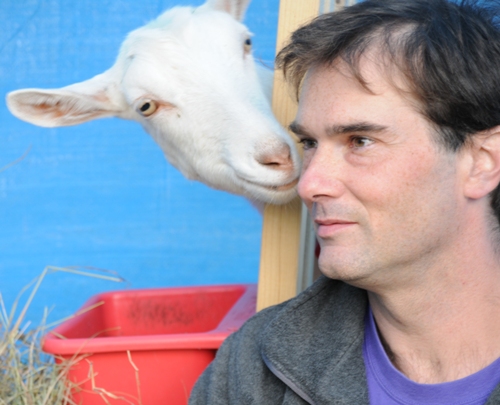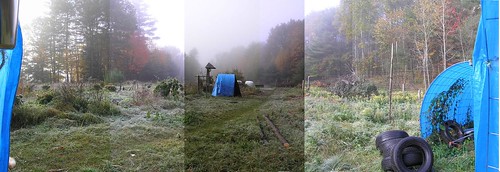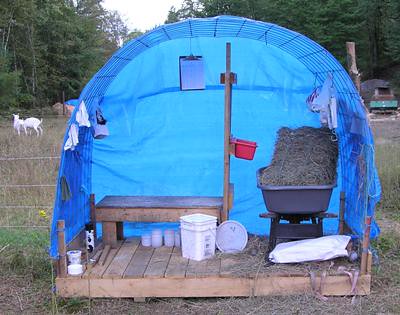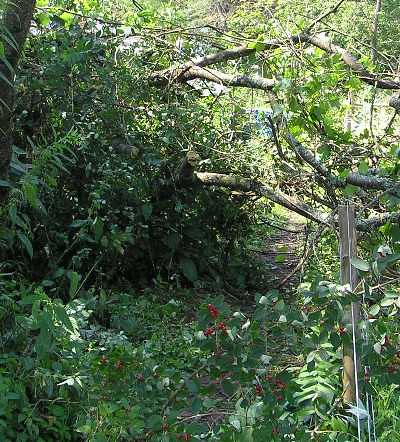In my previous post I set out to talk about some things I have had to come to terms with since getting dairy goats. And I made a good start on it, the relationship between milk and the fate of the offspring that made the milk possible are an important aspect. But I did get side tracked.
Another aspect of all livestock raising is the element of risk. All us living things are finding new and different ways to end our
existence every day. Some are hardier than others, but in general, at it's core, there is a spark of life and if, for even the briefest moment, that light goes out, it can never be lit again. Life is not only precious, it is fragile. Some short story I read, maybe in a college lit class, the author said a chicken can die from a thousand different ailments. I think he may have under estimated.
When we got our dairy goats, they were both in milk. One of them I had been milking part time for a friend for about a year before I bought her and brought her home. The first day we brought the does home, we milked them and had that milk to drink. That spoiled us, I fear. We had an immediate return on our investment and it continued to return for eight more months. Since then I have read a lot more about goats. Many of the descriptions talked about first time goat owners buying a spring kid and raising it up over the summer, getting to breeding weight, finding a buck, sheltering it through the winter and kidding in the spring. Going through all that without getting a drop of milk until the very end. That takes a lot of faith. All the things that could go wrong, even if it didn't
extinguish the spark, if it just failed one of those tests, all could be for naught.
I think our first introduction to fear was coming up on kidding. We had read many books and sought advice of experienced handlers. But the anxiety starting about a week before kidding was due was acute. And, as it happens, it was not completely without reason. We had a not so smooth kidding from both goats. Two bad presentations, a still born and a retained placenta. The retained placenta was probably our fault, at least in part. While the first goat was kidding and things weren't going so well, I had enough spare thought to think about where it might lead. If that goat could die in childbirth, well, then the other could too. What would losing one or both goats mean to us? We had invested in our fencing, feed and housing the goats. We had accepted that we were drinking expensive milk in order to gain more control over our food sources. But what if that source were of a sudden not there. And it would put us at least a year back on breeding up a critical mass of our own herd. And if things went wrong on the first try, would we have the fortitude to try again anyway? I'd like to think so, but when I had half a kid sticking out of Our Doe Goat Sparky the wrong way, there was some doubt.
And now, nearly a year further into it, I have found ever more issues to dwell on. Are we doing enough to protect them from parasites? Do we practice enough bio-
security to prevent someone
else's problem from becoming ours. Are our gates and fences strong enough to keep them in and out of the grain bin? If they did get bloat,
would we react soon enough? Will the neighbors dog be a problem. Will the neighbors kid be a problem (I worry more about the kid, by the way). What if we don't spot the heat and miss our breeding window? Does Sparky have scar tissue in her womb from the hard kidding? Can she still
conceive? Will we be able to get hay for winter? Did I buy enough? Is the barn dry enough to prevent mold? None of these were worries when I got my milk in a plastic jug at the store in town.
I don't want to discourage anyone from trying their hand at goat herding. It is, in general, a pleasant pastime. It rewards us with
sustenance and moments of triumph and joy. Our animals are sweet, even Sparky who complains too much. But it is not without anxiety or dark days. I don't think it is something you can put in a balance scale, though. There is not a beam strong enough to weigh these matters and the pans would never
accommodate all the details needing to be weighed.
Labels: goat, Kidding
 Easter Sunday morning, at about 1:30 AM, we took delivery on two brand spanking new baby doelings, delivered by our doe goat, Sparky. In these first couple of days, saanen kids are reminiscent of rabbits, hence this one will be our Easter Bunny. The other is Bender. In Dairy goat naming convention, it's a 'B' year and the rest of the reference is too obscure for most folks.
Easter Sunday morning, at about 1:30 AM, we took delivery on two brand spanking new baby doelings, delivered by our doe goat, Sparky. In these first couple of days, saanen kids are reminiscent of rabbits, hence this one will be our Easter Bunny. The other is Bender. In Dairy goat naming convention, it's a 'B' year and the rest of the reference is too obscure for most folks. We had been waiting for Sparky to deliver for a couple of days. It was a nice sunny day on her due date Friday. But she didn't deliver. Friday night was a windstorm with some rain. Saturday it snowed enough to stick. Saturday night was cold and wet. Sunday morning, early, more so.
We had been waiting for Sparky to deliver for a couple of days. It was a nice sunny day on her due date Friday. But she didn't deliver. Friday night was a windstorm with some rain. Saturday it snowed enough to stick. Saturday night was cold and wet. Sunday morning, early, more so. Here is sparky with a pretty glazed look getting close to labor.
Here is sparky with a pretty glazed look getting close to labor. She kept licking us in the face and hands, like she was washing off the after birth. Getting practice for the real event.
She kept licking us in the face and hands, like she was washing off the after birth. Getting practice for the real event. In spite of the weather and late delivery, every seems to have turned out OK. Two Doelings, nursing, peeing and pooping. All good sings.
In spite of the weather and late delivery, every seems to have turned out OK. Two Doelings, nursing, peeing and pooping. All good sings. While all this goat delivery was going on, he was tangling with a Skunk. He'll be sleeping outside for the near future even if I wasn't out there sleeping with the kids and new mom.
While all this goat delivery was going on, he was tangling with a Skunk. He'll be sleeping outside for the near future even if I wasn't out there sleeping with the kids and new mom. On of the benefits of sleeping out with the goats, my wife brings me out coffee in the morning..
On of the benefits of sleeping out with the goats, my wife brings me out coffee in the morning..
